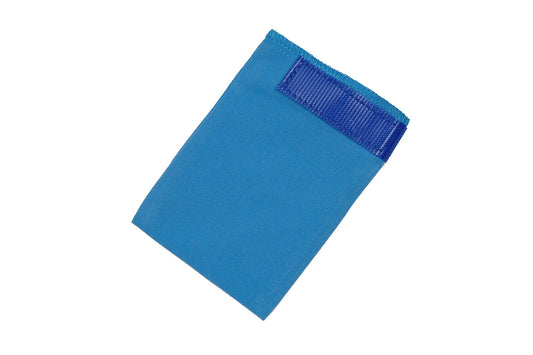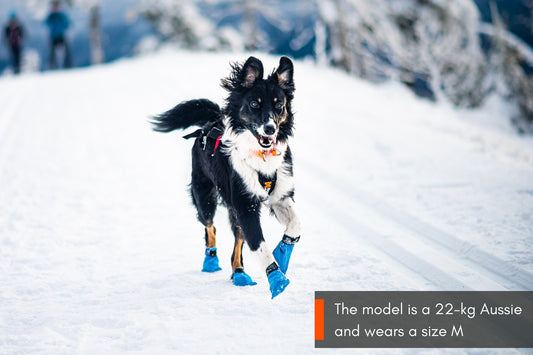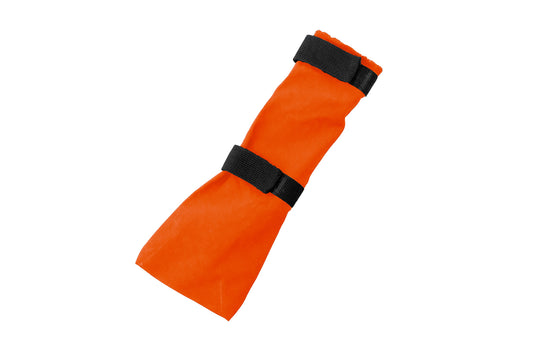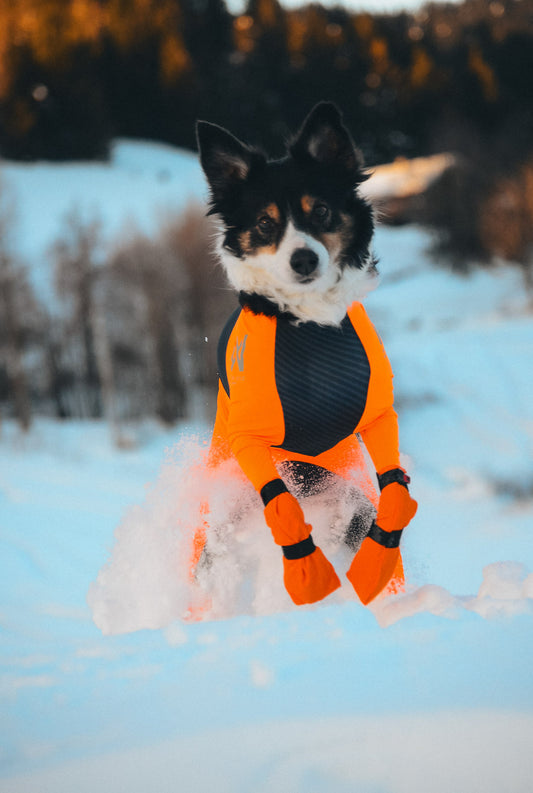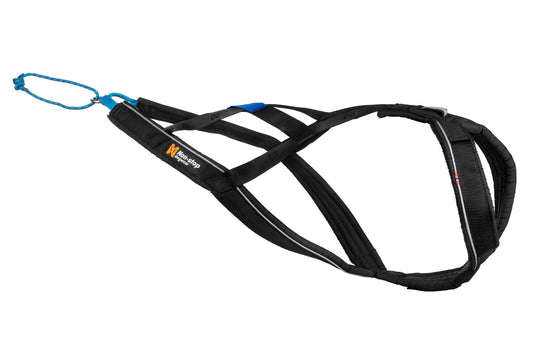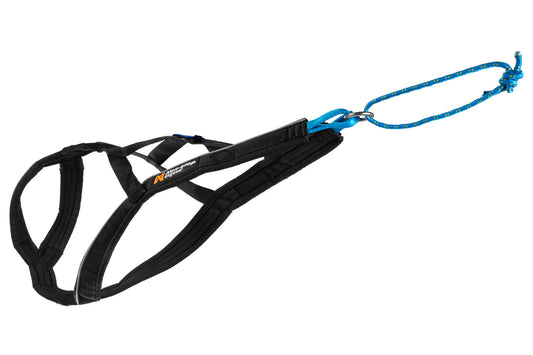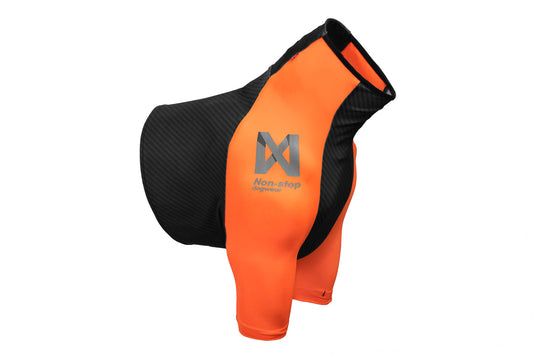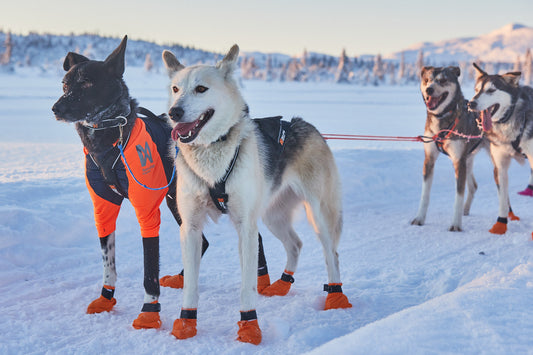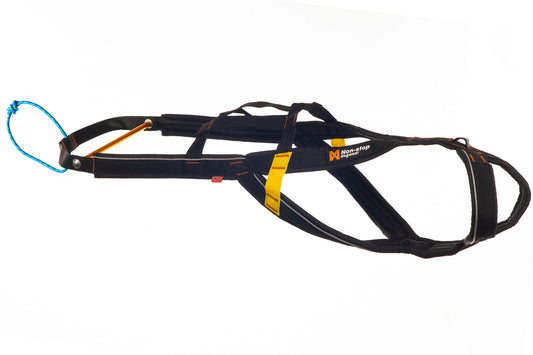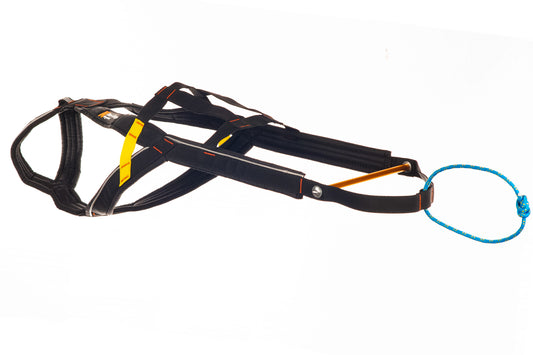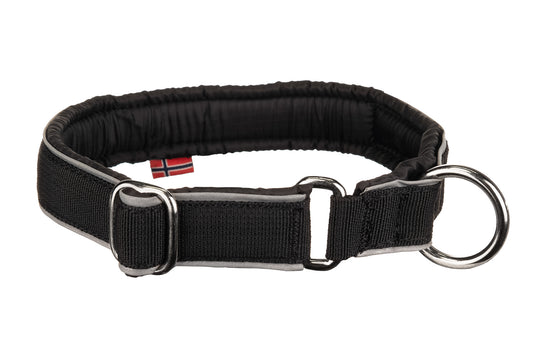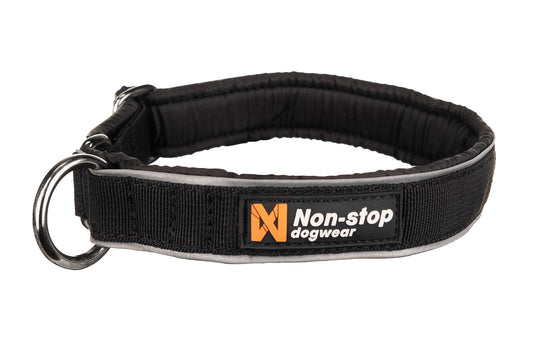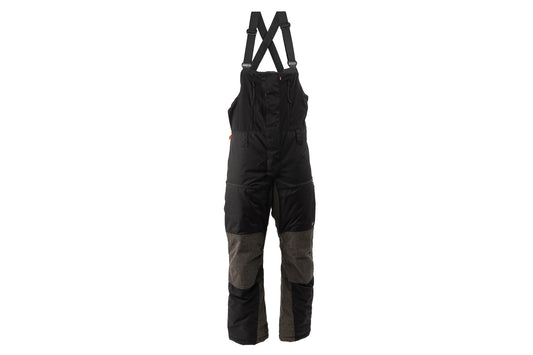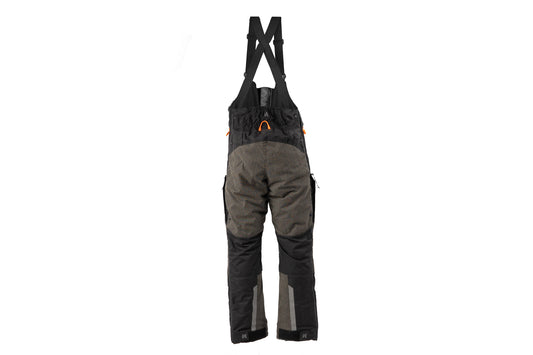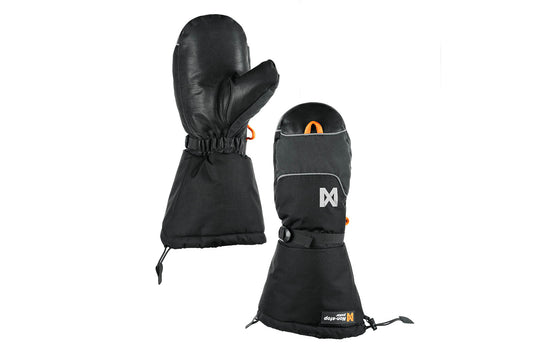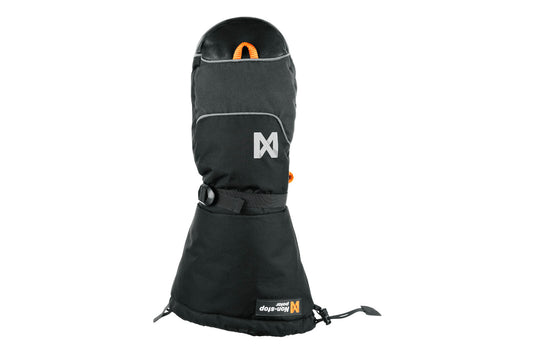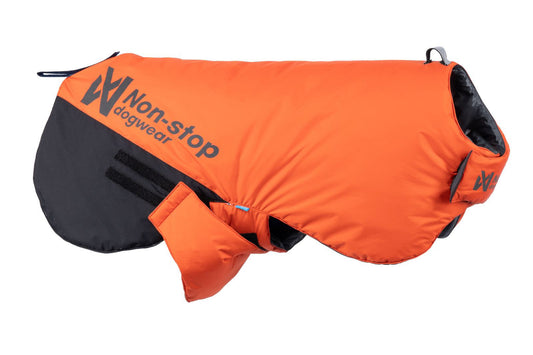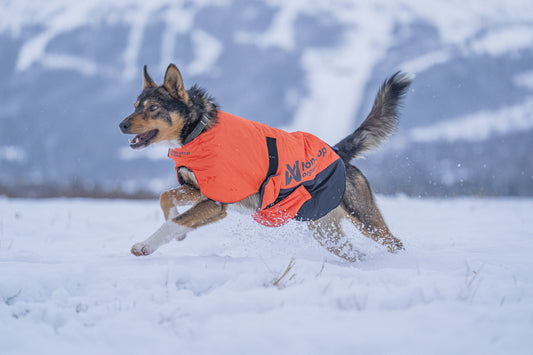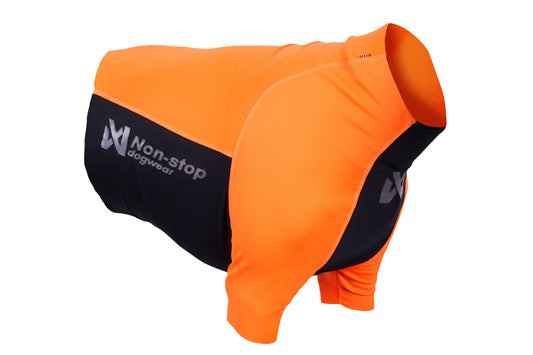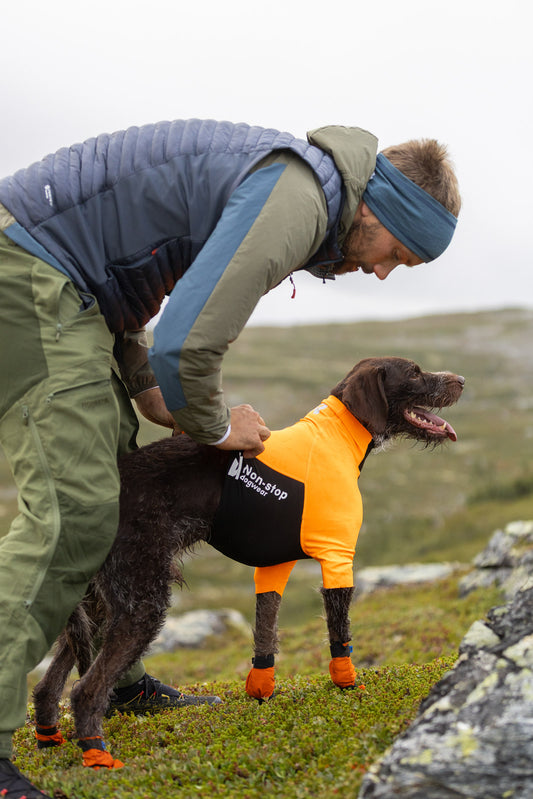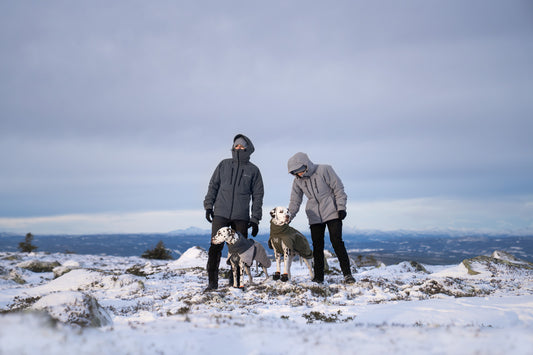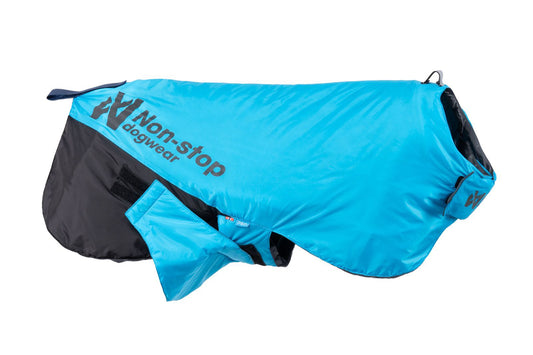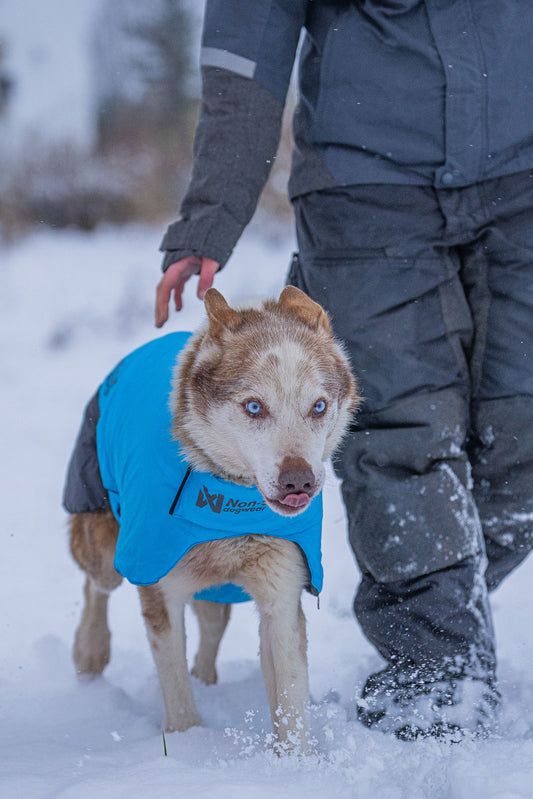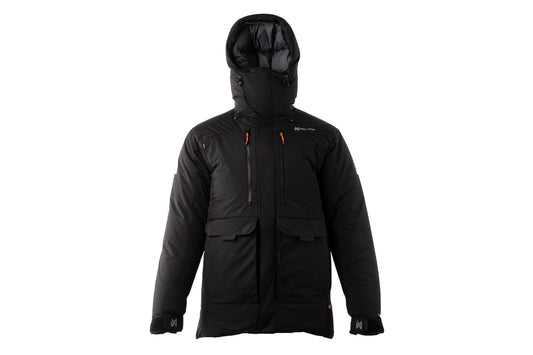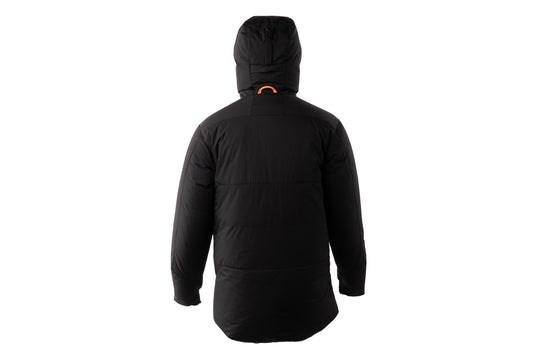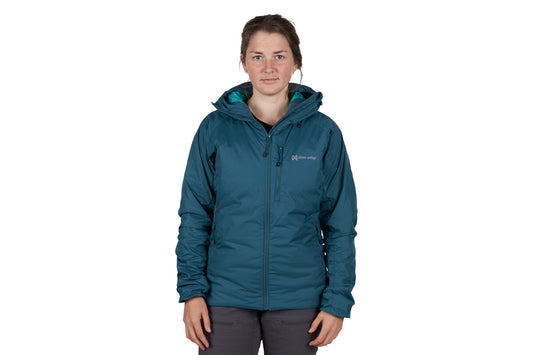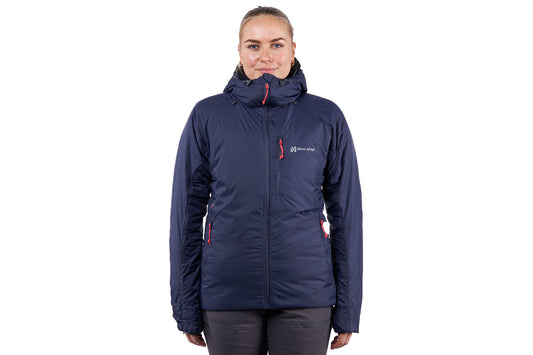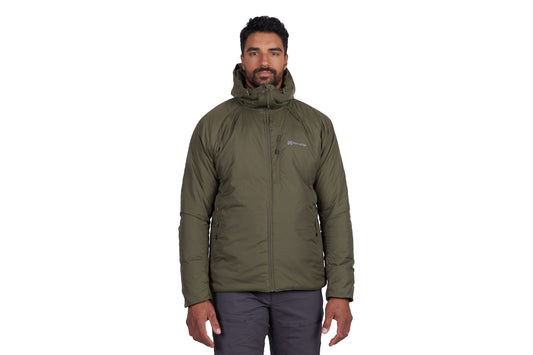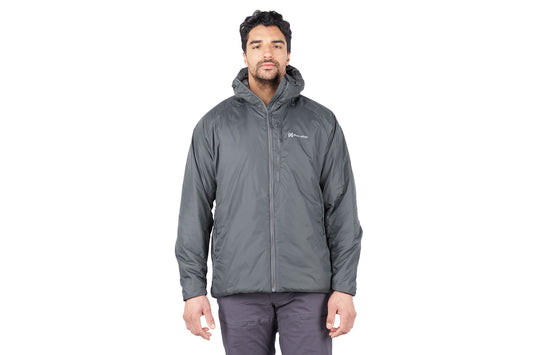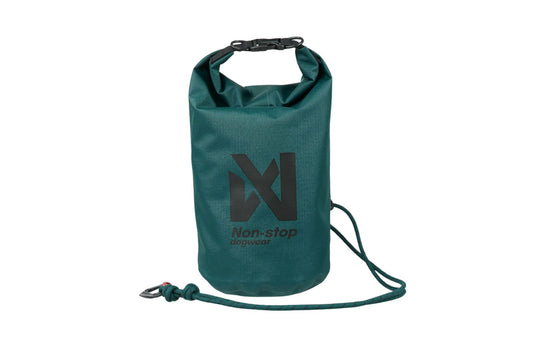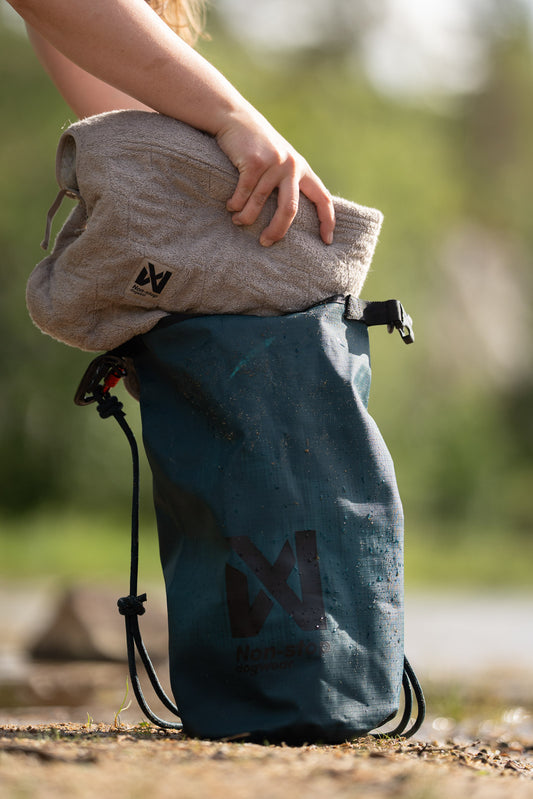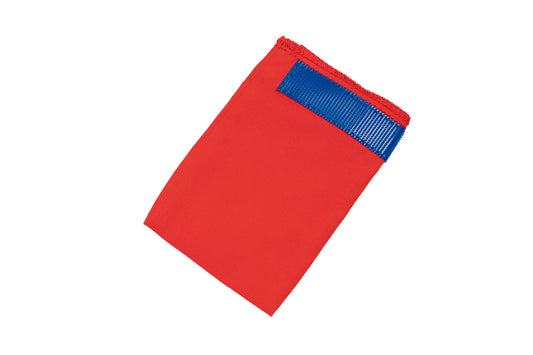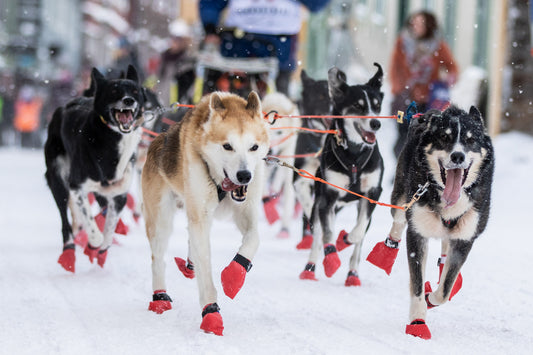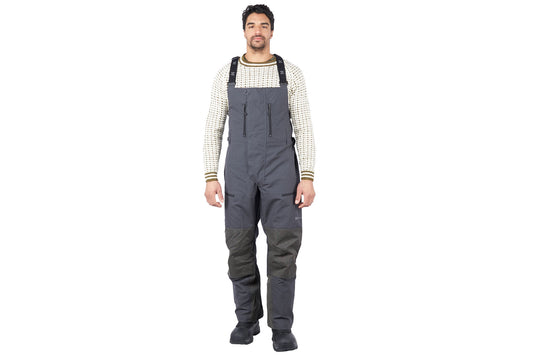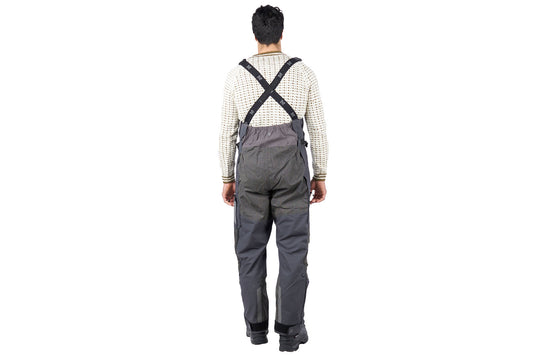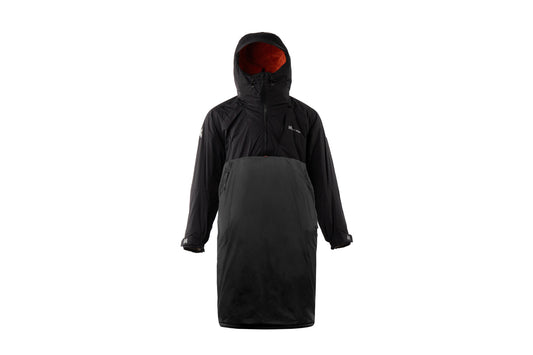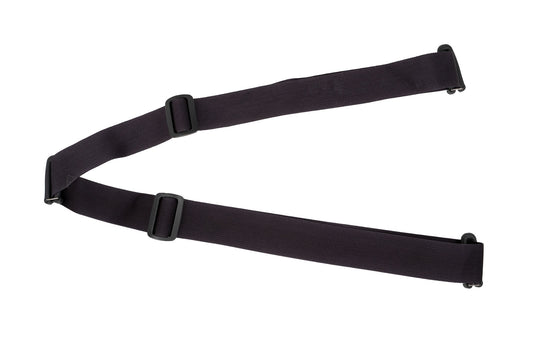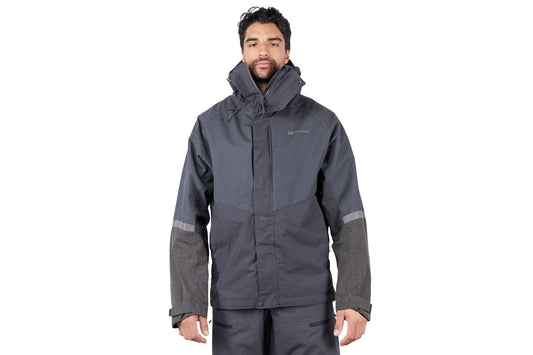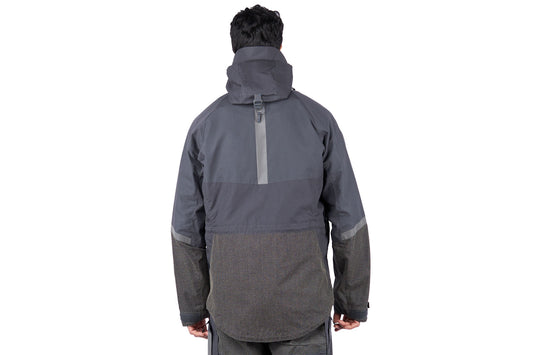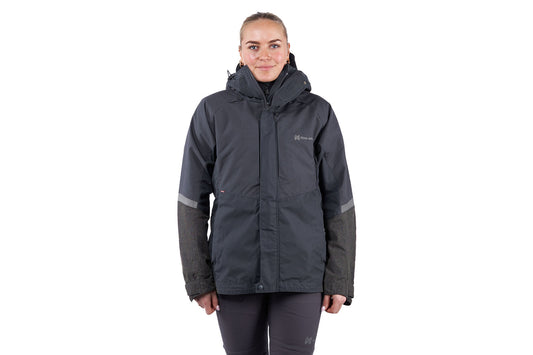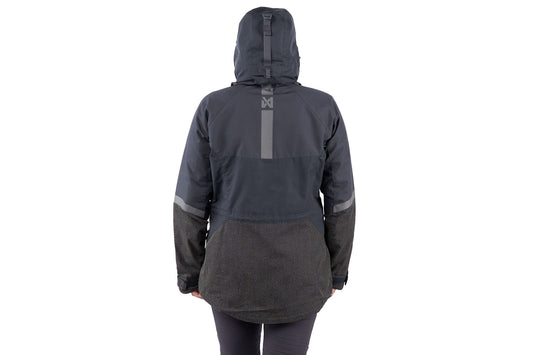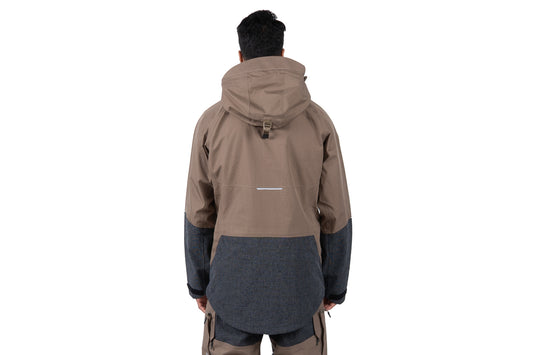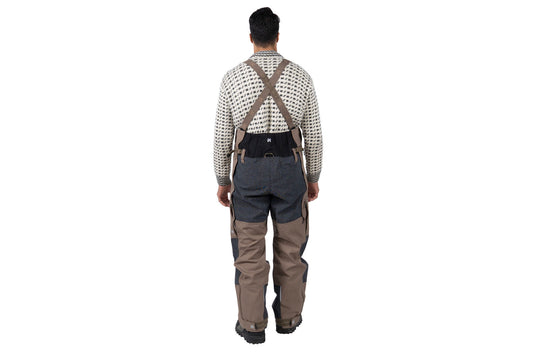MUSHING
Mushing is a sport that is pushing the musher, the dogs, and the equipment to the limit. The ultimate test. It is both mentally and physically demanding. Hours on the sled under extreme conditions are not for anyone, but it is so rewarding for those that can stand it.
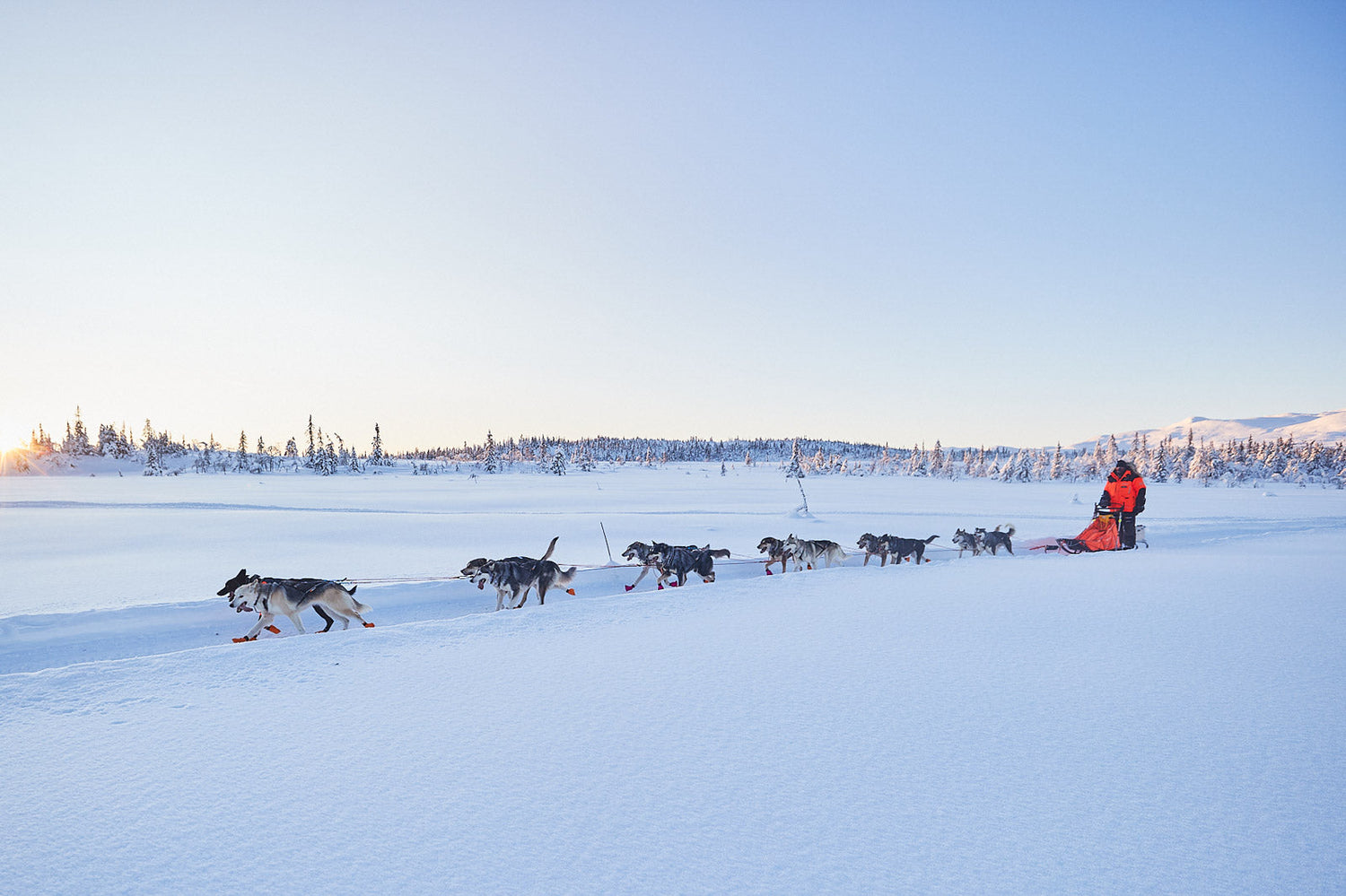
-
Long distance bootie
Ordinarie pris Från 149,00 NOKOrdinarie prisEnhetspris / per -
Contact bootie high
Ordinarie pris 259,00 NOKOrdinarie prisEnhetspris / per -
Nansen nome harness 5.0
Ordinarie pris 729,00 NOKOrdinarie prisEnhetspris / per -
Protector t-shirt
Ordinarie pris 389,00 NOKOrdinarie prisEnhetspris / per -
Nansen stick harness
Ordinarie pris 999,00 NOKOrdinarie prisEnhetspris / per -
Polar collar
Ordinarie pris 289,00 NOKOrdinarie prisEnhetspris / per -
Arctic buksa 2.0
Ordinarie pris 4.799,00 NOKOrdinarie prisEnhetspris / per -
Arctic Votta
Ordinarie pris 1.699,00 NOKOrdinarie prisEnhetspris / per -
Long distance + jacket
Ordinarie pris 1.099,00 NOKOrdinarie prisEnhetspris / per -
Protector half suit
Ordinarie pris 459,00 NOKOrdinarie prisEnhetspris / per -
Trail isolator+ jacket women's
Ordinarie pris 3.799,00 NOKOrdinarie prisEnhetspris / per -
Long distance light jacket
Ordinarie pris 999,00 NOKOrdinarie prisEnhetspris / per -
Arctic jakka 3.0
Ordinarie pris 7.999,00 NOKOrdinarie prisEnhetspris / per -
Trail isolator+ jacket men's
Ordinarie pris 3.799,00 NOKOrdinarie prisEnhetspris / per -
Trail isolator jacket 2.0 women's
Ordinarie pris 2.999,00 NOKOrdinarie prisEnhetspris / per -
Trail isolator jacket 2.0 men's
Ordinarie pris 2.999,00 NOKOrdinarie prisEnhetspris / per -
Multiuse bag
Ordinarie pris Från 649,00 NOKOrdinarie prisEnhetspris / per -
Musher checkpoint bag
Ordinarie pris 999,00 NOKOrdinarie prisEnhetspris / per -
Long distance bootie 100pk
Ordinarie pris Från 2.329,00 NOKOrdinarie prisEnhetspris / per -
Musher depot bag
Ordinarie pris 299,00 NOKOrdinarie prisEnhetspris / per -
Ventile bib shell pants
Ordinarie pris 5.999,00 NOKOrdinarie prisEnhetspris / per -
Tundra anojakka 2.0
Ordinarie pris 6.499,00 NOKOrdinarie prisEnhetspris / per -
Shoulder straps
Ordinarie pris 299,00 NOKOrdinarie prisEnhetspris / per -
Ventile shell jacket men's
Ordinarie pris 5.499,00 NOKOrdinarie prisEnhetspris / per -
Ventile shell jacket women's
Ordinarie pris 5.499,00 NOKOrdinarie prisEnhetspris / per -
Arctic shell jacket
Ordinarie pris 4.999,00 NOKOrdinarie prisEnhetspris / per -
Arctic shell bib pants
Ordinarie pris 5.499,00 NOKOrdinarie prisEnhetspris / per
Mushing
The bond and connection you get with the dogs is unique — the feeling of freedom, in sync with the nature that surrounds you.
As a musher, you need to rely on your gear. A harness that is chafing, has a bad fit or breaks in a blizzard is no option when there are tens of kilometers to civilization. That is why we have cooperated closely with some of the world's best mushers when developing harnesses, socks, and other gear specifically for this sport. The process to safeguard the best of mushers and their dogs are continuous.
FAQ
What?What?
Mushing is the general term for dog sledding. Mushing is an ancient practice that initially started as a means of transport in the northern regions.
Now, mushing has developed into a popular sport around the world. Many people have mushing as a hobby, and some are competing in the sport called long-distance mushing. The worlds longest race is the Iditarod. This race is held in Alaska every year and is 1500-1600km long.
Why?
Mushing is a practical way to transport goods or people on snow. It is an activity for both competitions and recreational trips. Both settings unfold with a great feeling of teamwork, outside in grand scenery that brings you close to nature.
Breed?
Can all dogs do mushing?
In principle, most breeds can do mushing. Still, most use breeds that are specialized to withstand the distance, effort, and extreme temperatures. In long-distance mushing, the two most common breeds are the Siberian Husky and Alaska Husky.
In shorter forms of competition such as middle-distance and sprint, we often see faster breeds with shorter endurance- (for example mixes of Huskies, German shorthaired Pointers, Greyster, Pointer).
When having a team, you are dependent on having good leaders, have dogs that get along and have the same assumptions. Always respect the weakest link’s limitations.
Equipment?
When putting dogs into a team in front of a sled, you will get a lower pulling point compared to running, biking, and skiing. For activities with a low pulling point, we recommend the Nansen Nome Harness.
Nansen Stick Harness is also developed for a low pulling point and is designed especially for the dogs who get heavy loads on their hips and back.
On the coldest days, the dog should wear a jacket to stay warm. We designed the Blest Jacket, and Long Distance Jacket for mushing in severe conditions.
Different snow conditions will affect the dog’s paws, and when the dog is out running a lot, the paws will get sore. To prevent sore paws and injuries, we recommend using booties and the Pawcare ointment.
We have also developed a mushing-series which consists of a Musher Checkpoint Bag, Musher Depot Bag, and Musher Sleeping Mat.






